I'm beginning the process of setting up a reloading room and the first step, I decided, was to set up base plates for all the equipment to increase the foot print of the equipment and provide a rigid base for mounting.
I managed to source some scrap 304 stainless plate (about 15mm thick) from father in laws stash (with permission of course). A few niggles with the steel caused by work hardening in a few areas on the surface from galling and previous use (was a boiler valve plate). So burnt a couple drill bits hitting these spots, had to use a carbide burr to remove the surface work hardened areas in the hole locations.
Threaded holes to mount the plates to mount the plates and mounting holes with countersinks to provide for flush mounting later.
Should make for a solid foundation for the new bench and work stations once I've got that sorted.
Unfortunately they can't stay in the shed on my completely over built (but entirely rock solid) workbench as I do quite a bit of woodworking and metal working and the dust is terrible on everything.
I'll keep a bit of a progress report going as this (probably quite long-term) project progresses.
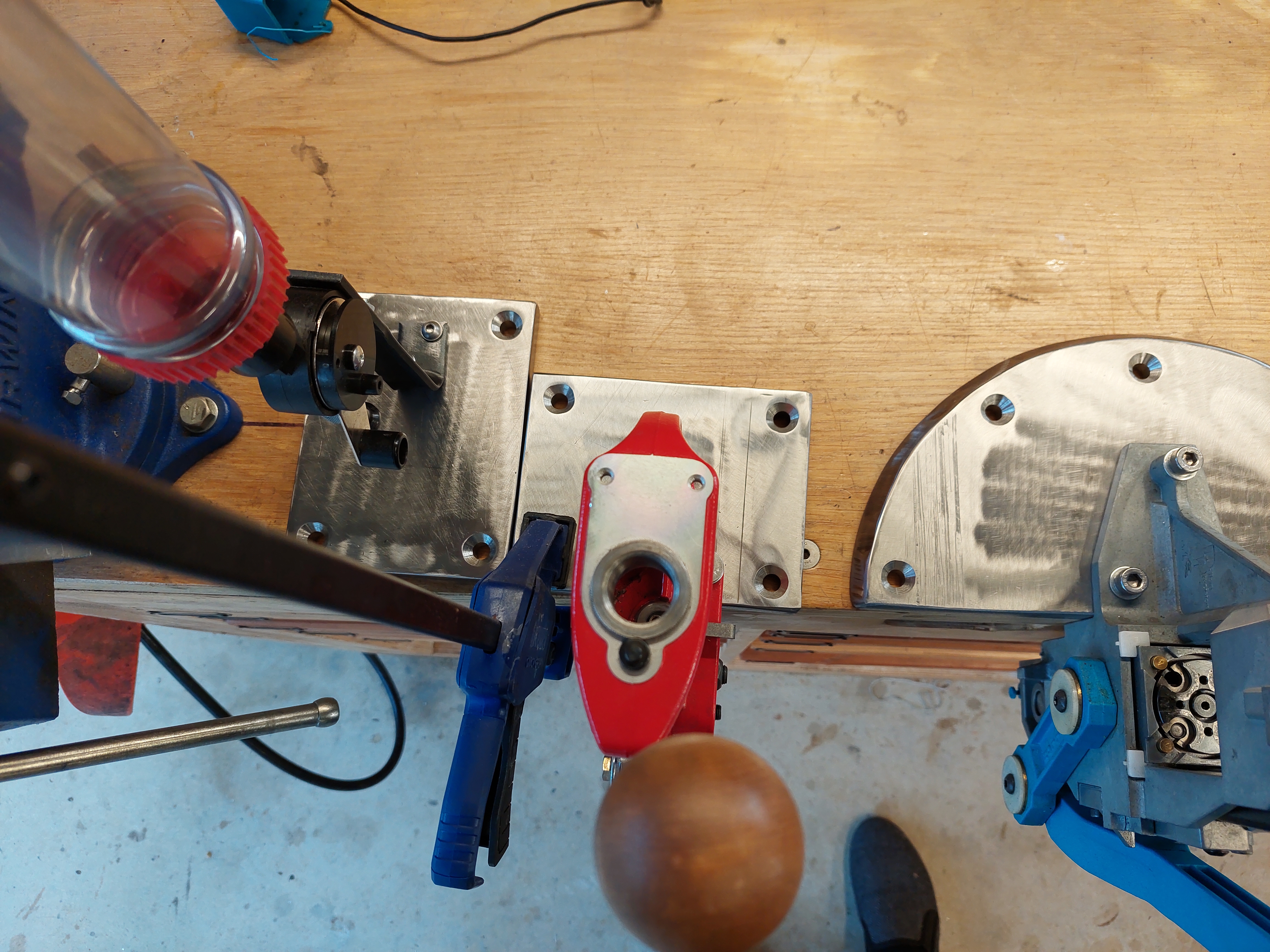
Welcome guest, is this your first visit? Create Account now to join.
Welcome to the NZ Hunting and Shooting Forums.
Search Forums
User Tag List
Results 16 to 30 of 33
Threaded View
-
09-07-2022, 05:56 PM #1Member

- Join Date
- Dec 2011
- Location
- Te Awamutu
- Posts
- 1,047
Reloading room and equipment upgrade - first step
Last edited by Makros; 09-07-2022 at 06:01 PM.
Similar Threads
-
Reloading equipment
By JasonW in forum Reloading and BallisticsReplies: 20Last Post: 19-03-2017, 07:57 PM
Tags for this Thread
Welcome to NZ Hunting and Shooting Forums! We see you're new here, or arn't logged in. Create an account, and Login for full access including our FREE BUY and SELL section Register NOW!!




 42Likes
42Likes LinkBack URL
LinkBack URL About LinkBacks
About LinkBacks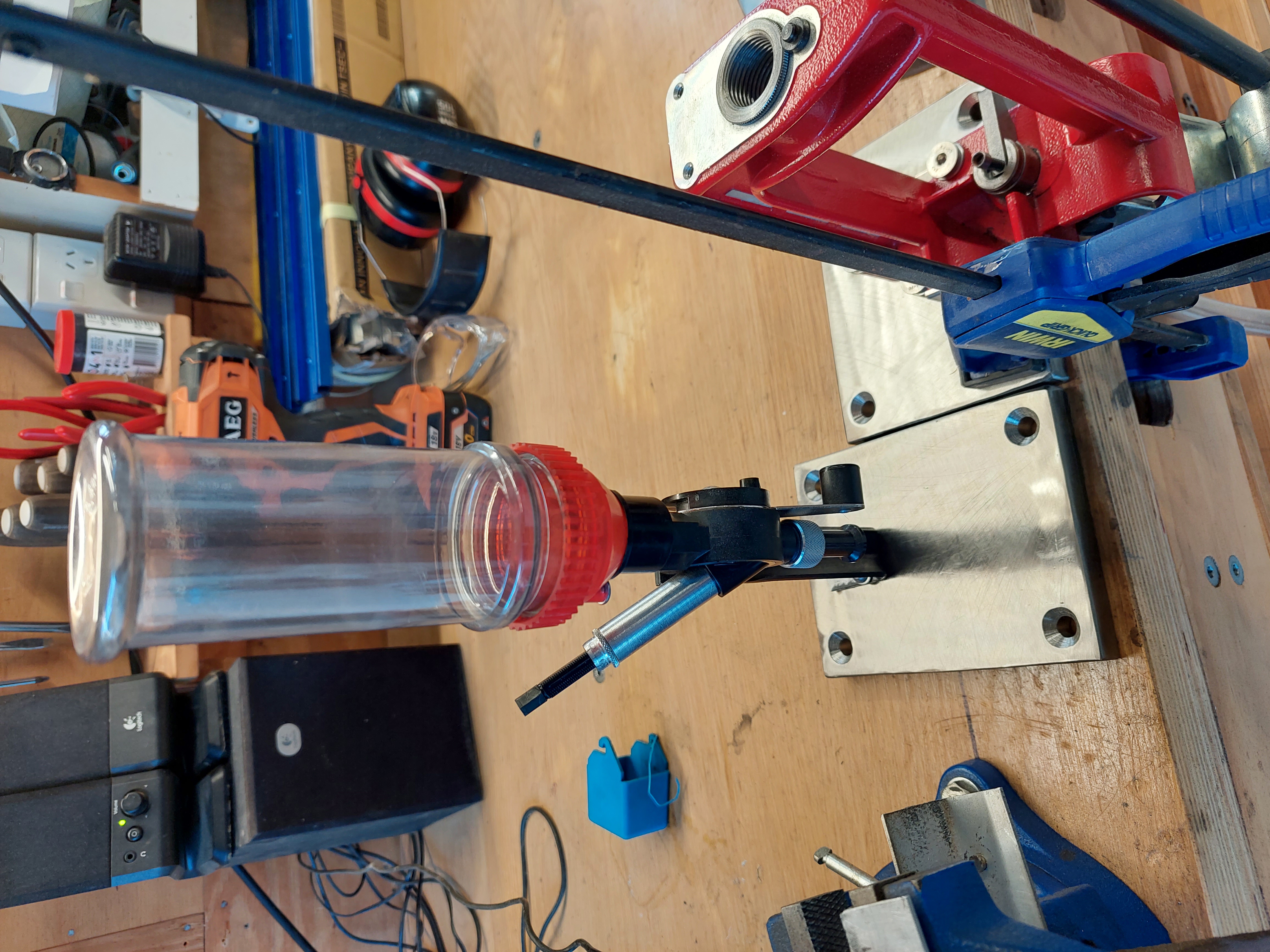
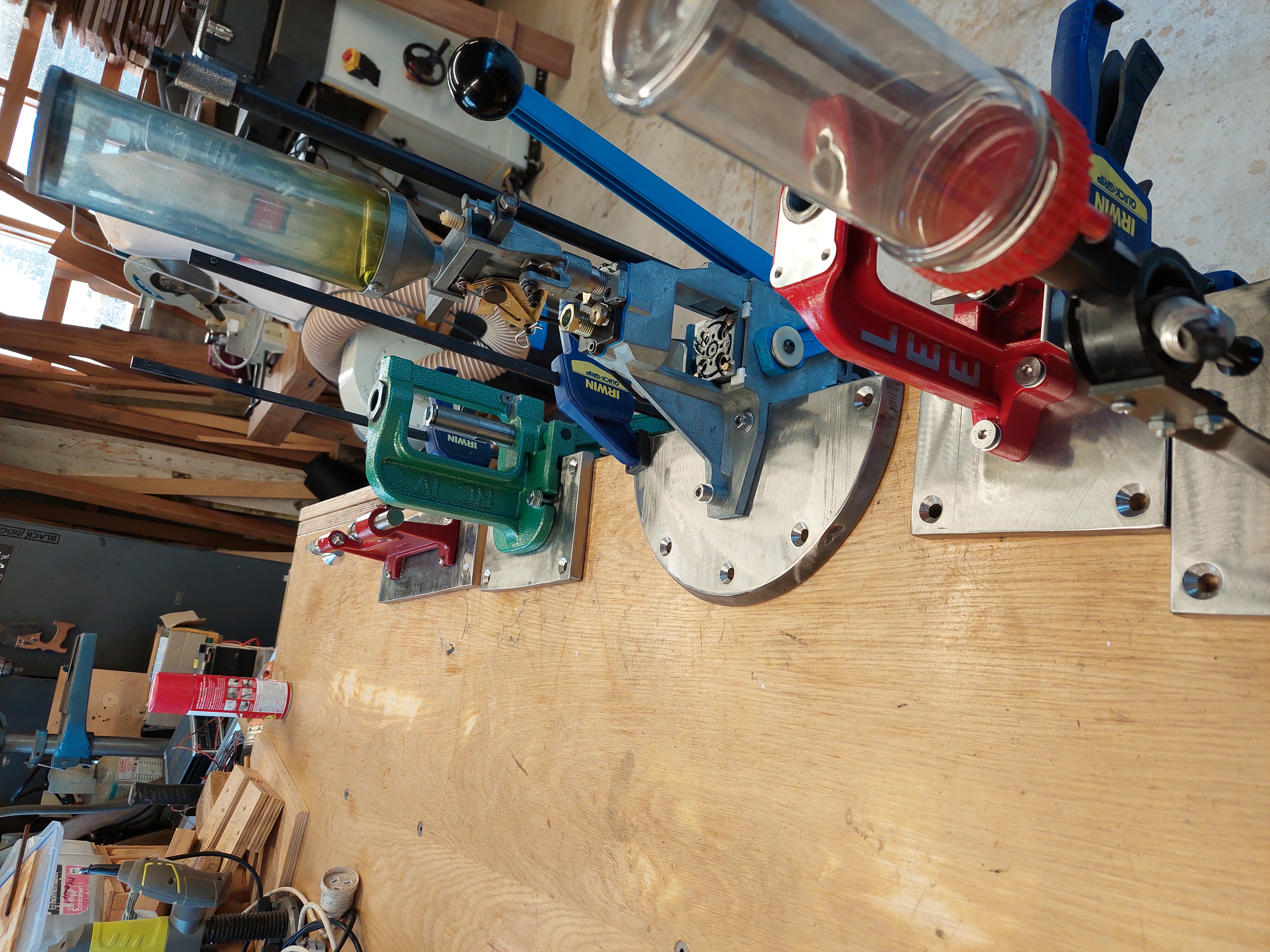
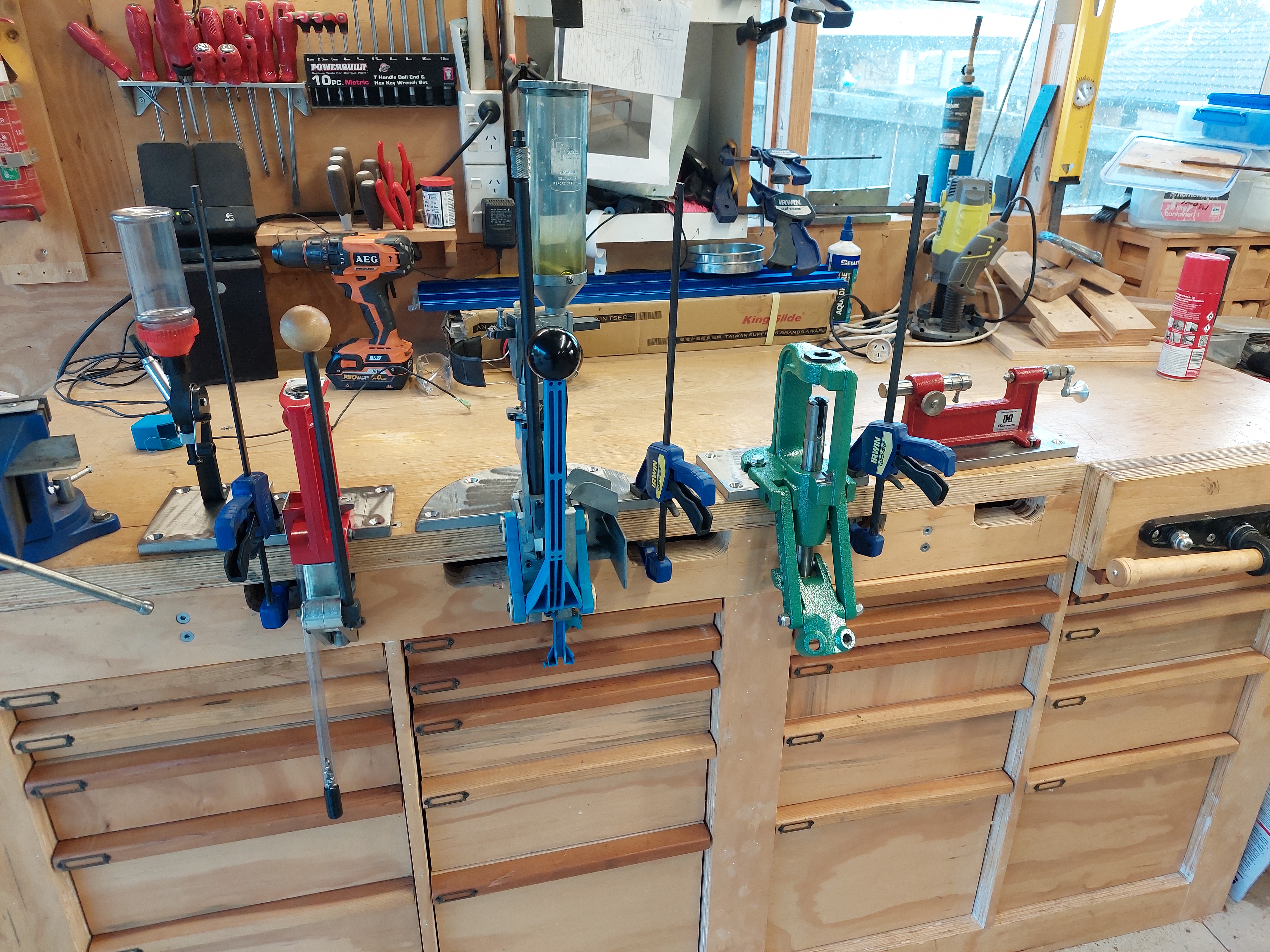
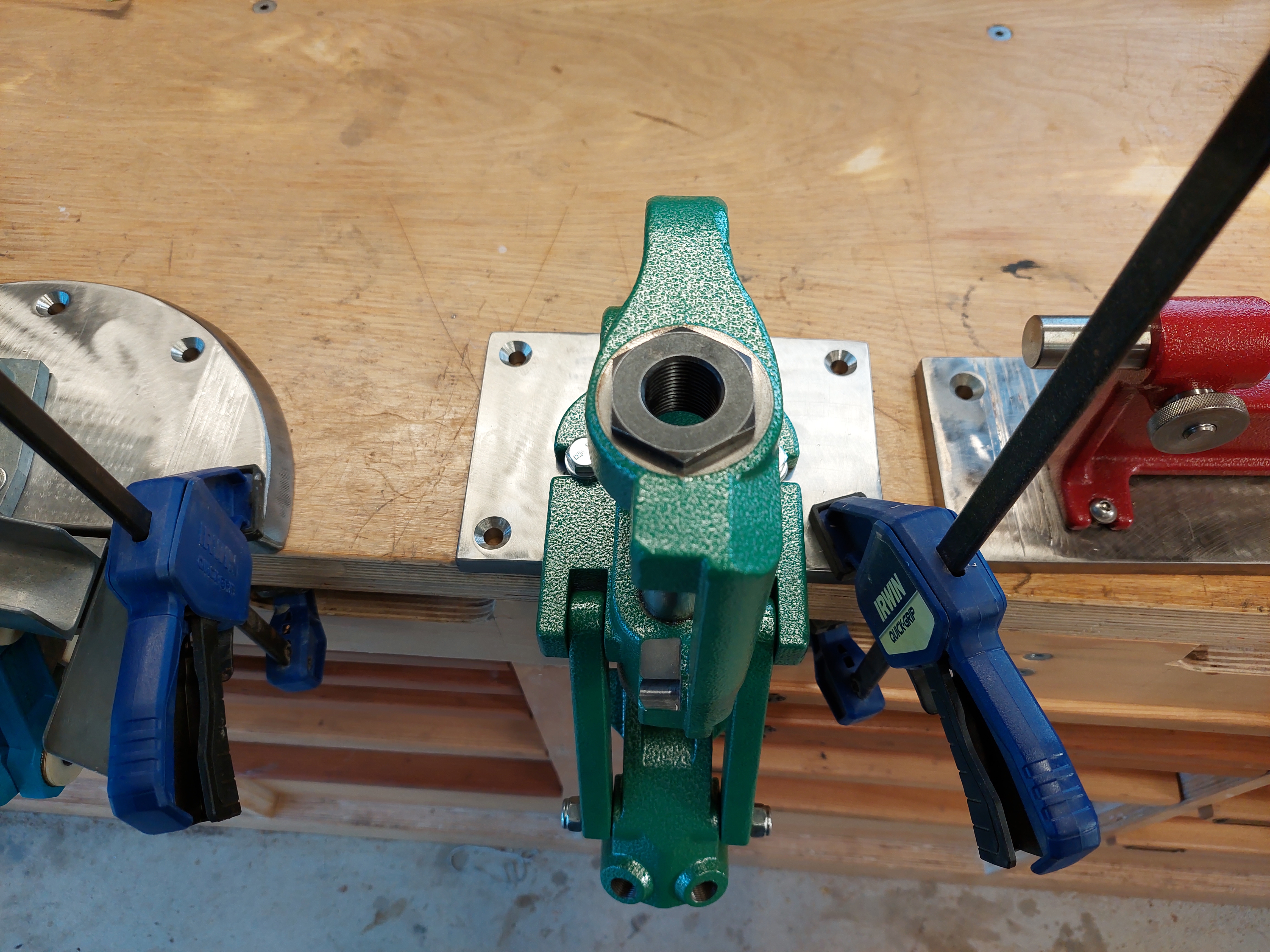
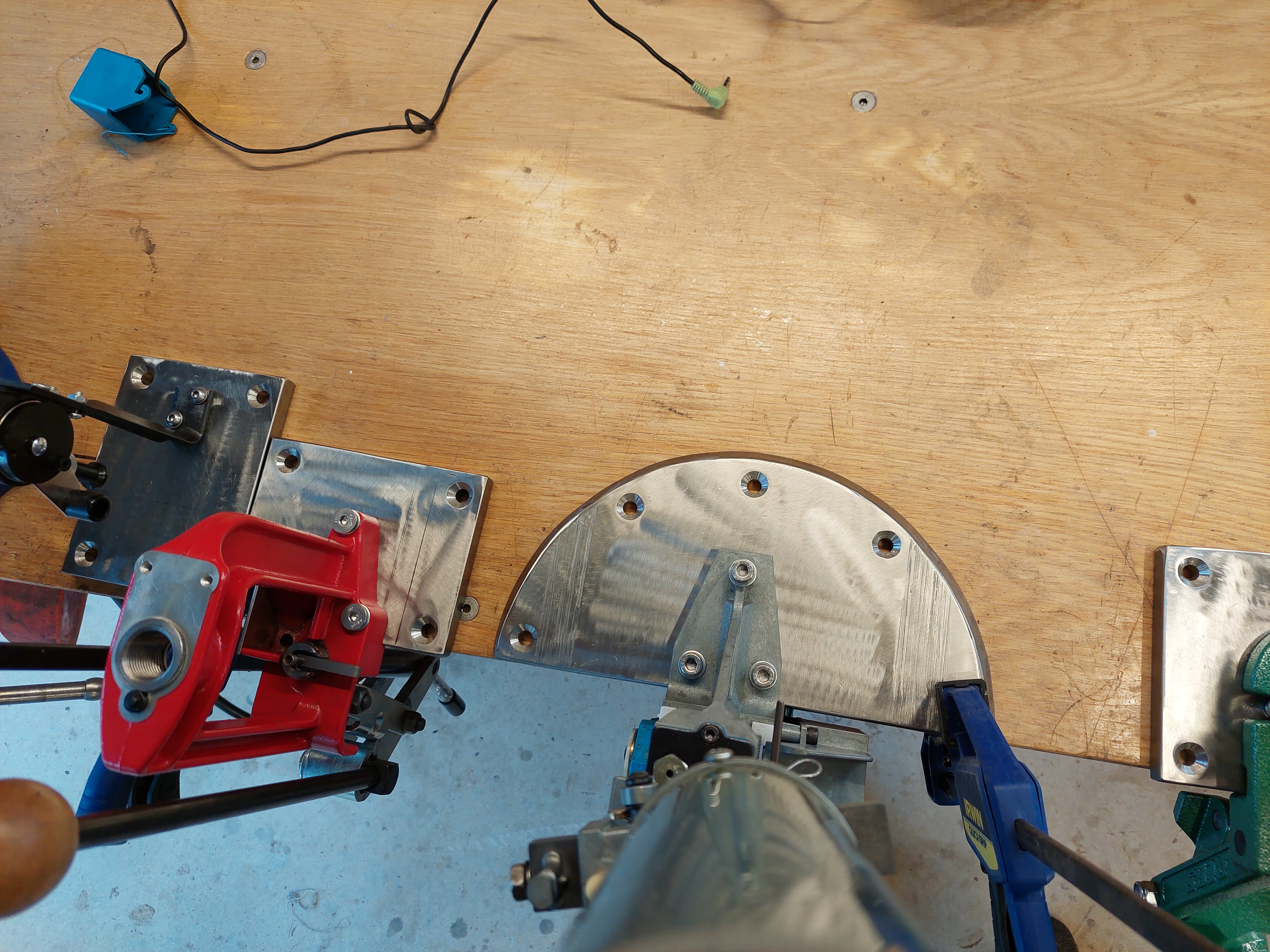





 Reply With Quote
Reply With Quote


Bookmarks